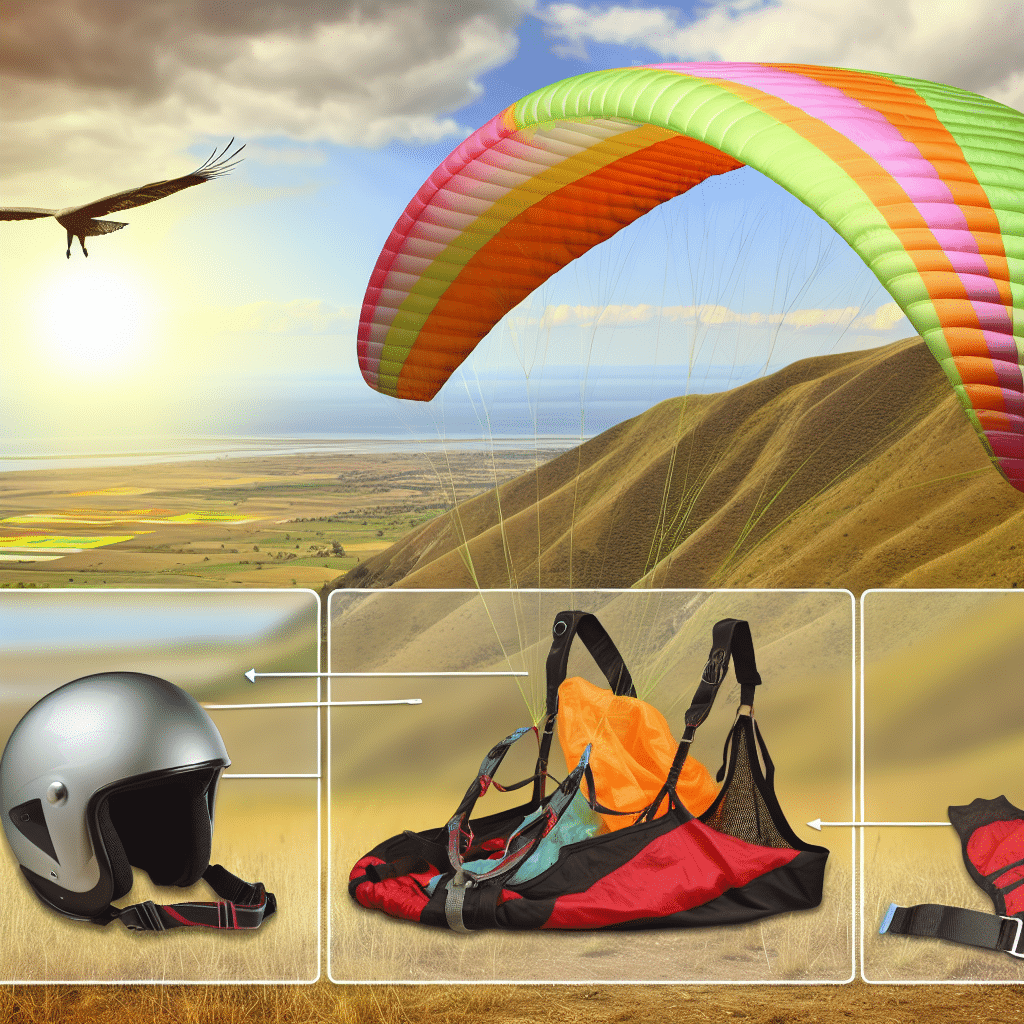Paragliding is an exhilarating adventure sport that offers you the freedom of flight and breathtaking aerial views. While the idea of soaring like a bird is undoubtedly thrilling, it also raises legitimate questions about safety. This article aims to provide a comprehensive guide to paragliding safety, detailing everything from equipment and training to weather considerations and emergency protocols.
Understanding the Basics of Paragliding Safety
Why is Safety Crucial in Paragliding?
Paragliding inherently involves risks, given that you are essentially flying a non-motorized, foot-launched glider. Factors such as altitude, weather conditions, and pilot skill can significantly affect your safety. Therefore, understanding the basic principles of paragliding safety is crucial for mitigating these risks and ensuring a safe and enjoyable experience.
Essential Gear for Safe Paragliding
The first step in ensuring safety is having the right gear. Essential equipment includes:
– **Paraglider Wing:** The canopy must be both durable and well-maintained.
– **Harness:** This should be comfortable, offering ample support and security.
– **Helmet:** A certified helmet can protect you from head injuries.
– **Reserve Parachute:** In case of an emergency, a reserve parachute can be a lifesaver.
– **Variometer and GPS:** These devices help in navigation and altitude management.
The Importance of Training for Paragliding Safety
Certified Training Programs
Before you even think about taking to the skies, it’s vital to undergo proper training. Certified courses offer detailed instruction on launching, flying, and landing. They also cover emergency procedures, weather assessment, and equipment checks. A good training program can make the difference between a safe flight and an accident waiting to happen.
Practice Makes Perfect
Once you’ve completed your initial training, practice is key. Regular flying hones your skills and builds your confidence. It’s advisable to gradually increase the complexity and difficulty of your flights under the guidance of a certified instructor.
Weather: An Unpredictable Factor in Paragliding Safety
Why Weather Matters
Weather conditions play a significant role in paragliding safety. Factors such as wind speed, thermals, and cloud cover can drastically affect your flight. Always check the weather forecast before flying and consult local experts who are familiar with the area’s weather patterns.
Recognizing Dangerous Conditions
Certain conditions are red flags for paragliders:
– **Strong Winds:** Can make launching and landing hazardous.
– **Turbulence:** Can destabilize your glider.
– **Thermals:** While they can help you gain altitude, they can also be unpredictable.
– **Cloud Cover:** Reduces visibility and can lead to disorientation.
Understanding these factors and learning to recognize potentially dangerous conditions can go a long way in ensuring your safety.
Emergency Protocols and Paragliding Safety
Be Prepared for Any Situation
Despite all precautions, emergencies can still occur. Knowing how to handle an emergency situation is a critical aspect of paragliding safety.
– **Mid-Air Collisions:** Always maintain a safe distance from other paragliders and follow the right-of-way rules.
– **Equipment Failure:** Regular equipment checks can help you detect issues before they become serious problems.
– **Reserve Deployment:** If something goes wrong, you should know how to deploy your reserve parachute quickly and efficiently.
Post-Emergency Procedures
After an emergency landing, it’s important to assess your situation calmly. Check for injuries and call for help if needed. Knowing basic first aid can be very helpful in these situations.
Common Myths and Misconceptions about Paragliding Safety
Myth: Paragliding is Extremely Dangerous
Fact: While there are inherent risks, proper training, equipment, and precautions can make paragliding a relatively safe sport. Statistics show that most paragliding accidents are due to pilot error, which can be minimized through rigorous training and experience.
Myth: Only Professionals Can Paraglide Safely
Fact: With the right training and equipment, anyone can enjoy paragliding safely. Beginner-friendly sites and tandem flights with experienced pilots offer a safe introduction to the sport.
Conclusion: Stay Safe and Soar High
Paragliding offers an unmatched sense of freedom and adventure, but it’s crucial to approach it with respect and caution. By understanding the importance of proper training, being aware of weather conditions, and knowing how to handle emergencies, you can significantly enhance your paragliding safety. Equip yourself with the right gear, gain adequate training, and always stay informed—doing so can ensure that your flights are as safe as they are exhilarating.
Remember, the skies are inviting, but they demand respect. Stay safe, and happy flying!




